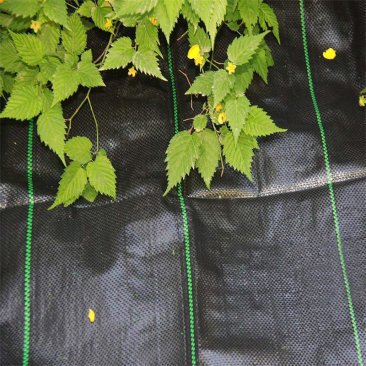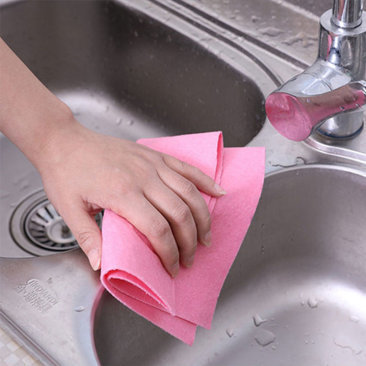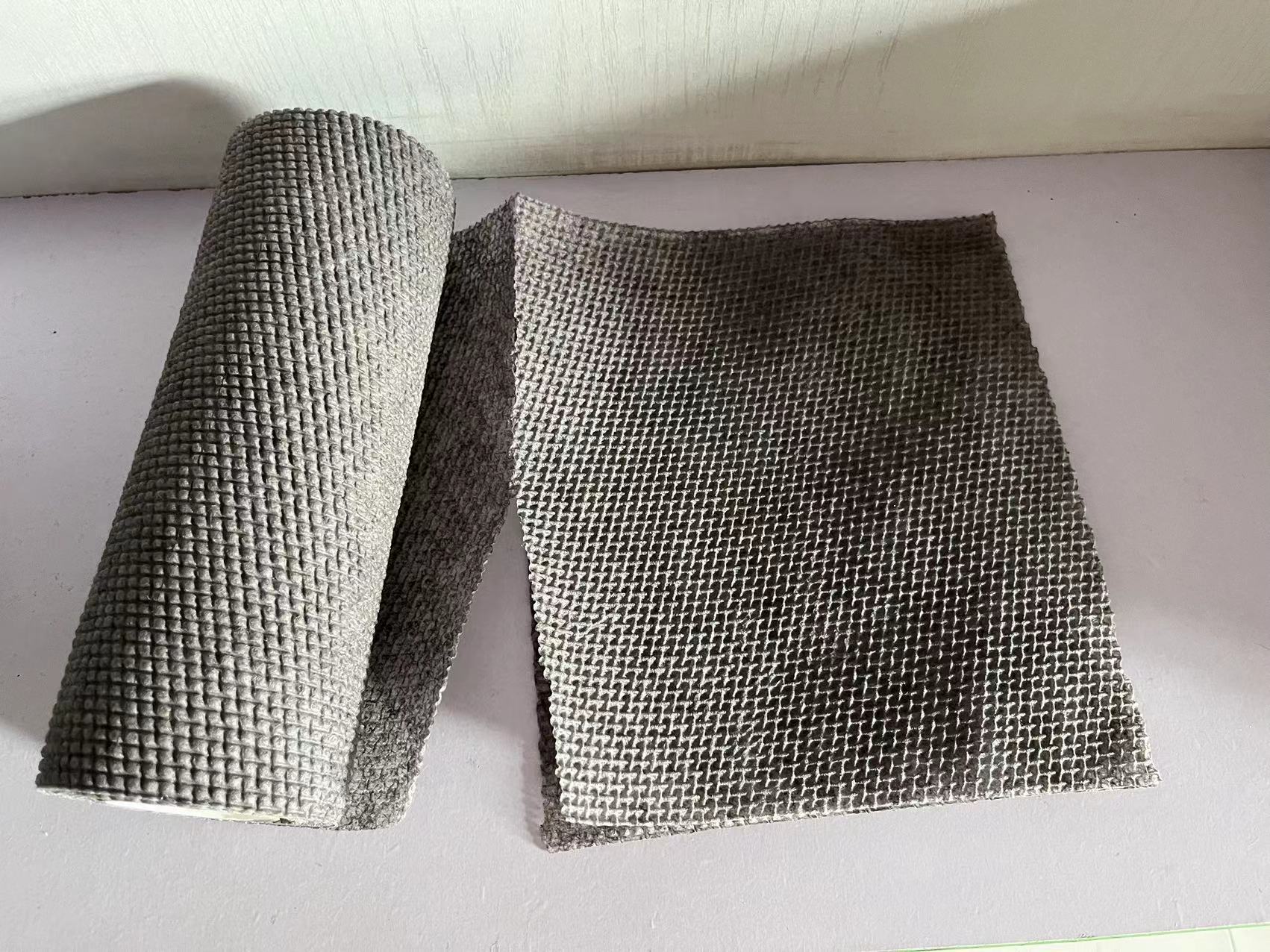13
2025
-
05
Understanding PP Spunbond Nonwoven Fabric: Applications and Advantages
PP spunbond nonwoven fabric, made from polypropylene (PP), is a widely utilized material that has gained popularity due to its unique properties and versatile applications. As a part of the nonwoven fabric family, spunbond technology involves the bonding of continuous filament fibers to create a fabric that is strong, durable, and lightweight. This fabric is created without the need for weaving or
PP spunbond nonwoven fabric, made from polypropylene (PP), is a widely utilized material that has gained popularity due to its unique properties and versatile applications. As a part of the nonwoven fabric family, spunbond technology involves the bonding of continuous filament fibers to create a fabric that is strong, durable, and lightweight. This fabric is created without the need for weaving or knitting, which allows for efficient production and cost-effectiveness.
One of the most significant advantages of PP spunbond nonwoven fabric is its excellent strength-to-weight ratio. This property makes it ideal for applications that require durability without added weight. It is commonly used in industries such as agriculture, hygiene, medical, and construction. For instance, in agriculture, PP spunbond fabric is often employed as mulch covers, providing protection to crops while allowing water and nutrients to permeate. In the hygiene sector, this material is used to manufacture items like diapers and feminine hygiene products due to its softness and effective barrier properties.
Moreover, PP spunbond nonwoven fabric is resistant to water, making it suitable for outdoor applications. Its hydrophobic nature means that it can repel water without absorbing it, reducing the risk of mold and mildew in applications like geotextiles. Additionally, this fabric is easy to print on, allowing for customization in branding or aesthetic appeal, making it popular in packaging and promotional materials.
Another noteworthy characteristic of PP spunbond nonwoven fabric is its breathability. This feature is particularly beneficial in medical applications, where it is used for surgical gowns and drapes. The breathability ensures comfort for the wearer while maintaining a sterile barrier. Furthermore, this fabric is also recyclable, contributing to environmental sustainability—a crucial consideration in today’s manufacturing processes.
In summary, the versatility of PP spunbond nonwoven fabric makes it an invaluable material in numerous industries. Its unique combination of strength, lightweight, water resistance, breathability, and recyclability provides significant benefits that cater to diverse applications. Understanding the properties and uses of PP spunbond nonwoven fabric can help businesses make informed decisions regarding their material choices, enhancing product performance while meeting consumer demands. Whether for agricultural, hygiene, or medical applications, PP spunbond nonwoven fabric continues to be a leading choice for manufacturers looking for reliable and effective materials.
One of the most significant advantages of PP spunbond nonwoven fabric is its excellent strength-to-weight ratio. This property makes it ideal for applications that require durability without added weight. It is commonly used in industries such as agriculture, hygiene, medical, and construction. For instance, in agriculture, PP spunbond fabric is often employed as mulch covers, providing protection to crops while allowing water and nutrients to permeate. In the hygiene sector, this material is used to manufacture items like diapers and feminine hygiene products due to its softness and effective barrier properties.
Moreover, PP spunbond nonwoven fabric is resistant to water, making it suitable for outdoor applications. Its hydrophobic nature means that it can repel water without absorbing it, reducing the risk of mold and mildew in applications like geotextiles. Additionally, this fabric is easy to print on, allowing for customization in branding or aesthetic appeal, making it popular in packaging and promotional materials.
Another noteworthy characteristic of PP spunbond nonwoven fabric is its breathability. This feature is particularly beneficial in medical applications, where it is used for surgical gowns and drapes. The breathability ensures comfort for the wearer while maintaining a sterile barrier. Furthermore, this fabric is also recyclable, contributing to environmental sustainability—a crucial consideration in today’s manufacturing processes.
In summary, the versatility of PP spunbond nonwoven fabric makes it an invaluable material in numerous industries. Its unique combination of strength, lightweight, water resistance, breathability, and recyclability provides significant benefits that cater to diverse applications. Understanding the properties and uses of PP spunbond nonwoven fabric can help businesses make informed decisions regarding their material choices, enhancing product performance while meeting consumer demands. Whether for agricultural, hygiene, or medical applications, PP spunbond nonwoven fabric continues to be a leading choice for manufacturers looking for reliable and effective materials.
pp spunbond nonwoven fabric












